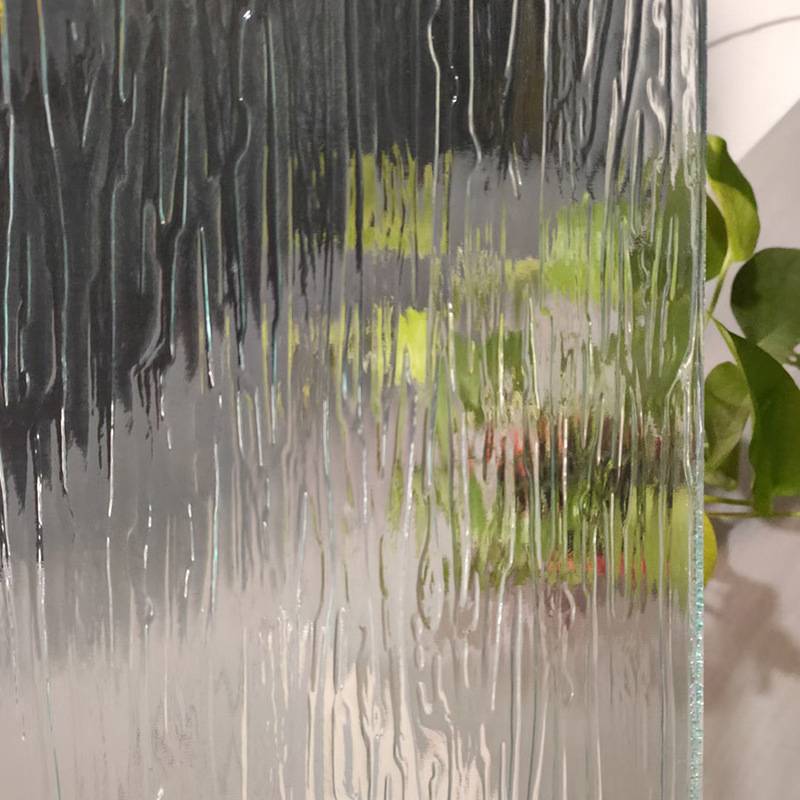Understanding Low-E Tempered Glass
Low-emissivity (Low-E) tempered glass has become a popular choice in modern architecture and construction due to its unique energy efficiency properties and enhanced strength. This innovative glass solution is designed to control heat transfer, improve indoor comfort, and reduce energy consumption, making it an ideal material for residential and commercial buildings.
What is Low-E Tempered Glass?
Low-E tempered glass is a type of glass that has been treated to withstand higher levels of stress and impact while incorporating a special coating that reduces the emissivity of the glass surface. This coating reflects infrared radiation while allowing visible light to pass through. As a result, Low-E glass helps keep buildings cooler in the summer and warmer in the winter, optimizing energy efficiency and contributing to a more sustainable environment.
The Benefits of Low-E Tempered Glass
1. Energy Efficiency One of the primary advantages of Low-E tempered glass is its ability to minimize heat transfer. The Low-E coating reflects heat back into the building during the cold months and keeps it out during the summer. This dual action helps to maintain stable indoor temperatures, reducing the reliance on heating and cooling systems, which can significantly lower energy bills.
2. Durability Tempered glass undergoes a rigorous heat treatment process that makes it much stronger than regular glass. It is resistant to breakage and can withstand extreme weather conditions. In case of a break, tempered glass shatters into small pieces, reducing the risk of injury, making it a safe option for both residential and commercial applications.
3. UV Protection The Low-E coating also provides a level of protection against ultraviolet (UV) rays, which can cause fading in upholstery, carpets, and artwork. By reducing UV exposure, Low-E tempered glass can help prolong the life of interior furnishings and maintain their aesthetic appeal.
low e tempered glass
4. Comfort Buildings constructed with Low-E tempered glass offer improved comfort for occupants. The glass reduces drafts and hot spots caused by sudden temperature changes near windows. This leads to a more consistent indoor climate, enhancing overall well-being.
5. Environmental Impact By contributing to energy savings and reducing the carbon footprint of buildings, Low-E tempered glass supports sustainable practices. As energy efficiency becomes increasingly important in modern design, the use of Low-E glass aligns with global efforts to reduce greenhouse gas emissions.
Applications of Low-E Tempered Glass
Low-E tempered glass is versatile and can be used in various applications, including residential windows, commercial storefronts, curtain walls, and skylights. Its aesthetic appeal combined with functionality makes it an excellent choice for architects and builders seeking to enhance the visual and structural integrity of their projects.
Conclusion
In summary, Low-E tempered glass stands out as a remarkable advancement in glass technology. Its combination of energy efficiency, durability, UV protection, and comfort makes it an ideal choice for contemporary building designs. As the demand for sustainable building materials continues to rise, Low-E tempered glass will likely remain at the forefront of architectural innovation, contributing to a greener and more efficient future in construction.
Incorporating Low-E tempered glass into building designs is not just a smart aesthetic choice; it is also an investment in energy efficiency and environmental sustainability, paving the way for a brighter, more sustainable future.
 Afrikaans
Afrikaans  Albanian
Albanian  Amharic
Amharic  Arabic
Arabic  Armenian
Armenian  Azerbaijani
Azerbaijani  Basque
Basque  Belarusian
Belarusian  Bengali
Bengali  Bosnian
Bosnian  Bulgarian
Bulgarian  Catalan
Catalan  Cebuano
Cebuano  Corsican
Corsican  Croatian
Croatian  Czech
Czech  Danish
Danish  Dutch
Dutch  English
English  Esperanto
Esperanto  Estonian
Estonian  Finnish
Finnish  French
French  Frisian
Frisian  Galician
Galician  Georgian
Georgian  German
German  Greek
Greek  Gujarati
Gujarati  Haitian Creole
Haitian Creole  hausa
hausa  hawaiian
hawaiian  Hebrew
Hebrew  Hindi
Hindi  Miao
Miao  Hungarian
Hungarian  Icelandic
Icelandic  igbo
igbo  Indonesian
Indonesian  irish
irish  Italian
Italian  Japanese
Japanese  Javanese
Javanese  Kannada
Kannada  kazakh
kazakh  Khmer
Khmer  Rwandese
Rwandese  Korean
Korean  Kurdish
Kurdish  Kyrgyz
Kyrgyz  Lao
Lao  Latin
Latin  Latvian
Latvian  Lithuanian
Lithuanian  Luxembourgish
Luxembourgish  Macedonian
Macedonian  Malgashi
Malgashi  Malay
Malay  Malayalam
Malayalam  Maltese
Maltese  Maori
Maori  Marathi
Marathi  Mongolian
Mongolian  Myanmar
Myanmar  Nepali
Nepali  Norwegian
Norwegian  Norwegian
Norwegian  Occitan
Occitan  Pashto
Pashto  Persian
Persian  Polish
Polish  Portuguese
Portuguese  Punjabi
Punjabi  Romanian
Romanian  Russian
Russian  Samoan
Samoan  Scottish Gaelic
Scottish Gaelic  Serbian
Serbian  Sesotho
Sesotho  Shona
Shona  Sindhi
Sindhi  Sinhala
Sinhala  Slovak
Slovak  Slovenian
Slovenian  Somali
Somali  Spanish
Spanish  Sundanese
Sundanese  Swahili
Swahili  Swedish
Swedish  Tagalog
Tagalog  Tajik
Tajik  Tamil
Tamil  Tatar
Tatar  Telugu
Telugu  Thai
Thai  Turkish
Turkish  Turkmen
Turkmen  Ukrainian
Ukrainian  Urdu
Urdu  Uighur
Uighur  Uzbek
Uzbek  Vietnamese
Vietnamese  Welsh
Welsh  Bantu
Bantu  Yiddish
Yiddish  Yoruba
Yoruba  Zulu
Zulu 

